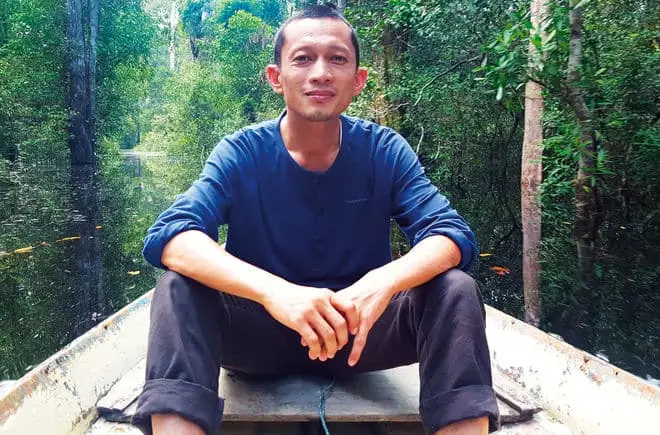Camera Trapping Challenges
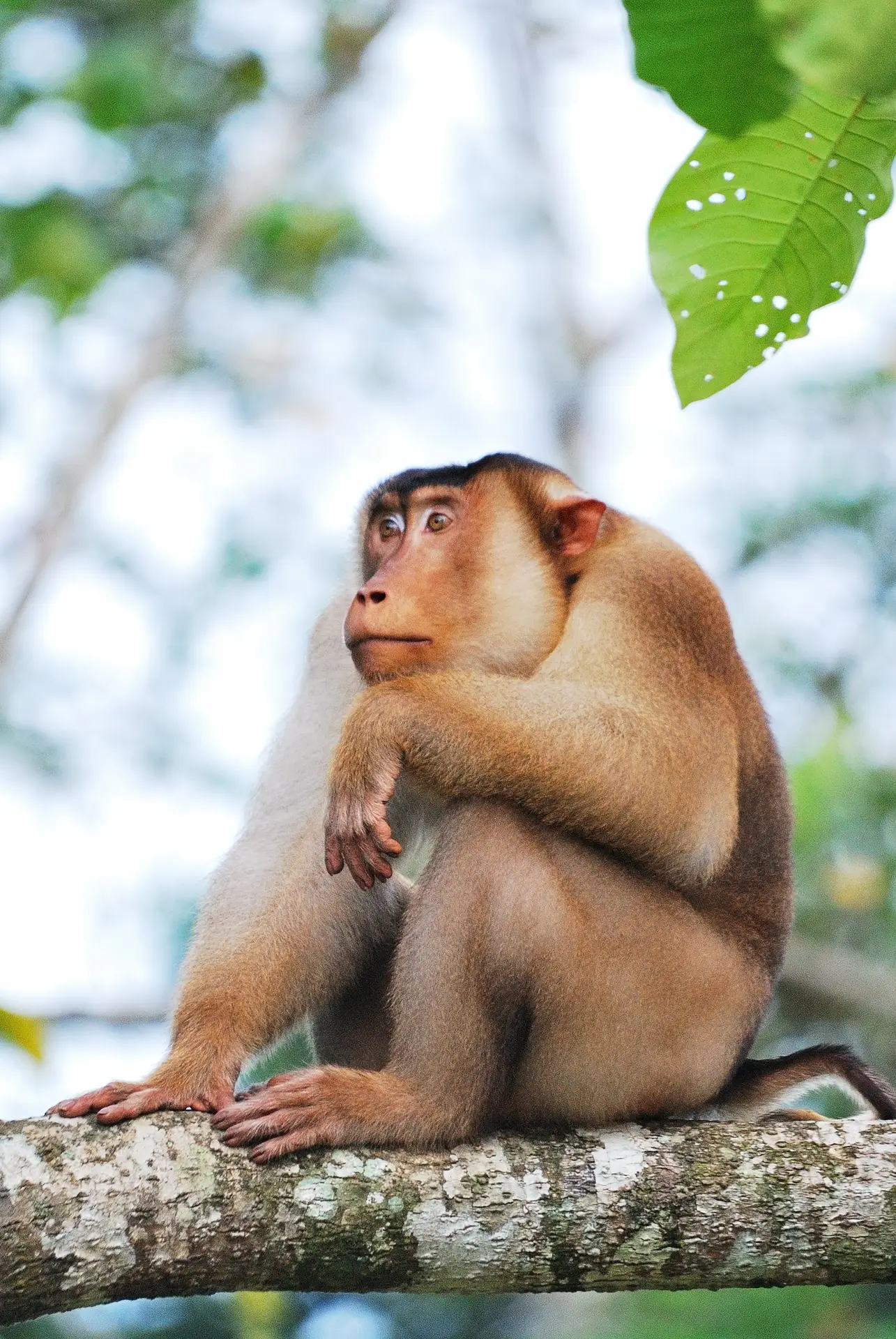
March 4, 2020
Camera Trapping Challenges
A FILM BY JAMES ROBINSON and JACOB LEVINE
Lessons in Camera Trapping
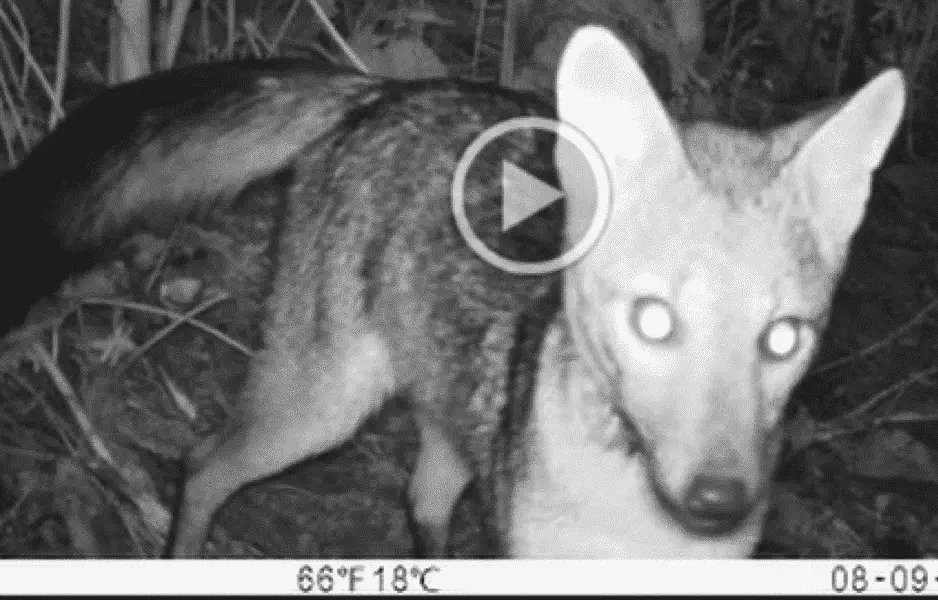
October 26, 2018
by Bridgette Keane
LESSONS IN CAMERA TRAPPING
As a student at Duke University, I worked with Dr. Stuart Pimm during the spring to plan a trip to monitor protected areas in Ecuador and Colombia that his organization is working to connect and restore. As part of the “camera trap team,” I spent a semester familiarizing myself with the use of camera traps for conservation work. This involved skimming dozens of scientific articles and reviewing different camera trap models from outdoor retail websites.
Once I arrived in the field, I realized that you can only learn so much from websites and articles. I was lucky to have received advice from Dr. Jim Sanderson about how to set-up camera traps. His guidance helped reduce the amount of troubleshooting we needed to conduct in the field.
We visited two project locations, starting with the Jama Coaque Reserve, run by the Third Millennium Alliance. We then travelled to La Mesenia in the Colombian Western Andes, run the The Hummingbird Conservancy for our second installation.
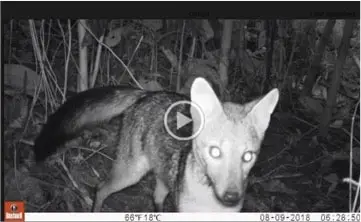
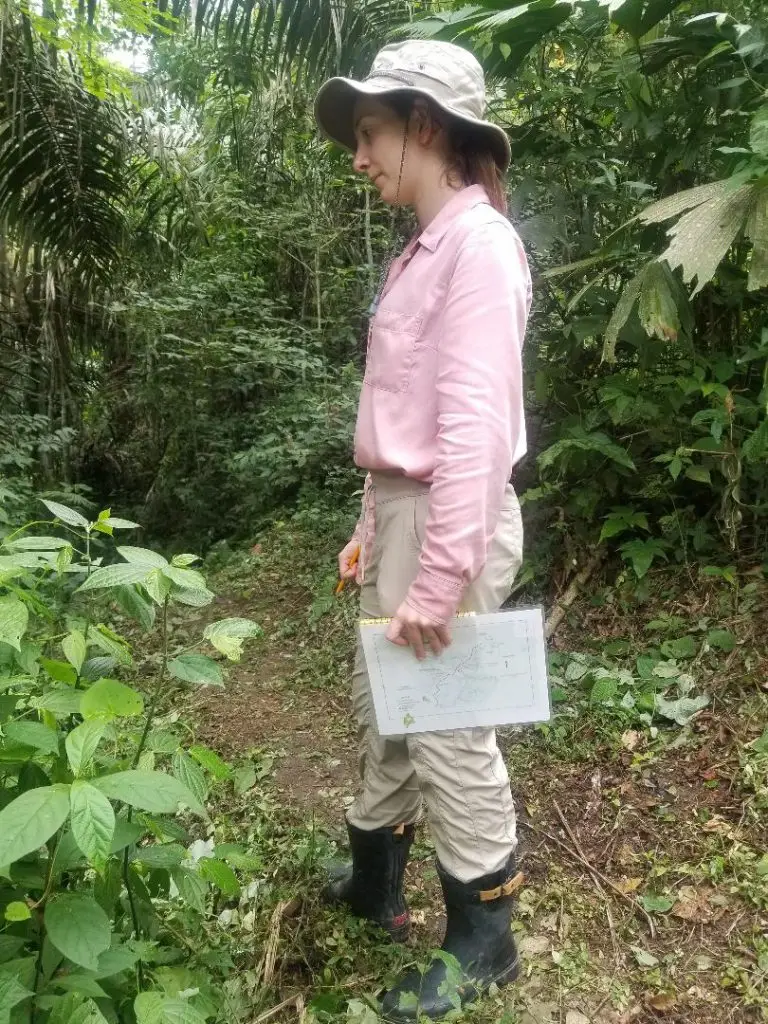
Navigating the Owner’s Manual
We spent the first few days at Jama Coaque placing traps on nearby trails to evaluate various camera settings. Basic recording options included pictures, videos, or both – but there was so much more to consider.
Other settings included image/video format and size, LED control (how many LEDs you want to go o for night images), motion sensor level (how sensitive you want the sensor to be set to), and the time interval between pictures (how long you want the camera to wait before it takes another picture/video if it is being triggered many times in a row).
Setting Our Traps
Once we actually started positioning cameras in the field, I quickly discovered that there was much more to think about than just the camera settings, as Jim Sanderson had warned me. First of all, I was not familiar with the reserve. I came in with an idea of a placement pattern for monitoring the corridor. Once there, I realized that placing the traps depended much more on the trails and in some cases, security issues.
I had to do my best to crawl my way through game trails, scouting locations in the path of animals, but away from people. I carried a machete to clear any vines or branches along the trails near the camera. Anything moving in the wind in front of the camera may inadvertently trigger it.
Finding the right spot was just one of the many challenges to placing camera traps. My days in the field usually involved hiking for hours up steep hillsides to a predetermined GPS location. Once there, I spent another hour finding the right tree, clearing the area, and positioning the camera. (Picture me jamming sticks behind it to get the perfect angle and checking the line of sight by squatting in front of it, resulting in some wonderful photos).
Unexpected Discoveries
As we learned the in’s and out’s of camera trapping, we start rethinking the technology’s possibilities. In the short-term we simply wanted to understand what species are using wildlife corridors in various stages of renewal. For the Jama Coaque Reserve, it was especially important to monitor areas of forest that were newly restored.
We were beyond thrilled to find ample movement of various species through very young forest in just the two weeks that we spent at the site. The most surprising and exciting discovery was a video of an ocelot moving through forest that was open cattle pasture just a few years ago.
Our two week stay at the reserve at La Mesenia, Colombia was even more challenging from a terrain perspective. The hikes were steeper, longer, and much more treacherous. They often took an entire day and needed to be planned out with and led by one of the reserve’s local rangers. In the short time we had at the reserve, it was simply too difficult to check them. However, our partners will be checking the cameras regularly to make sure they are running properly and will hopefully find some quality videos!
A View From the Canopy
For long-term research, the camera trapping project in Jama Coaque will next extend into the canopy. The idea is to record pictures and videos of animals that rarely come down to the ground. The research team will also pair each canopy trap with one on the ground. This protocol for corridor monitoring transcends the typical limits of camera traps by expanding camera placement to include a vertical dimension. As a result, we’ll have a more complete picture of how the entire forest is being used.
Ongoing Research
The team in La Mesenia is also shaping a long-term plan to monitor species moving through the corridor. As we collect date over the long-term, we will better understand what species use the corridors as they mature. These insights will help conservation scientists understand how to best reverse the dynamics of forest fragmentation and help species have access to the resources they need.
Please support our research into the science of wildlife corridors and species recovery. Your support helps mentor young scientists.

